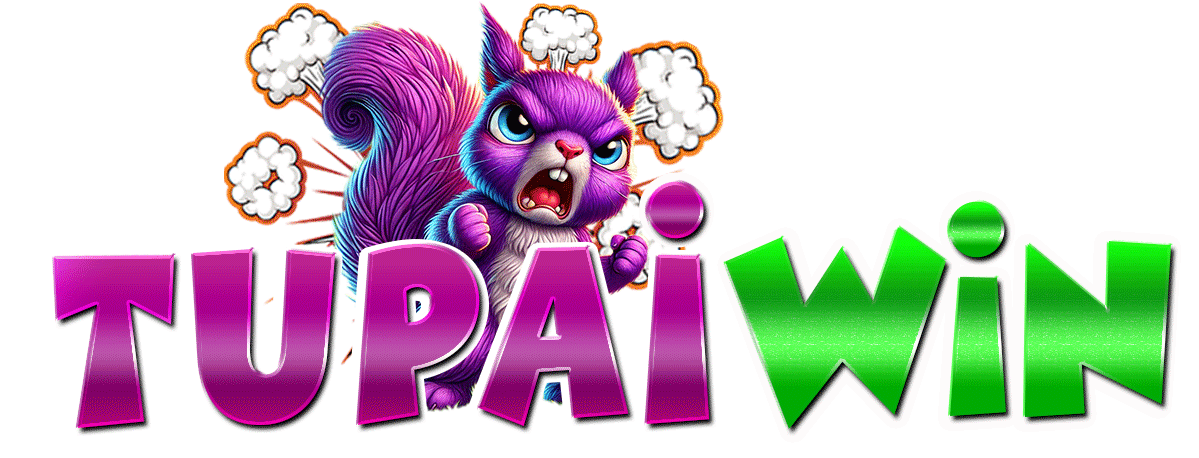Tupaiwin - Link Slot Deposit 5000 Gacor Via Qris Min Depo 5k Terbaru Super Maxwin
Tupaiwin - Link Slot Deposit 5000 Gacor Via Qris Min Depo 5k Terbaru Super Maxwin
99.288
sales
SLOT QRIS
Regular License
Selected
$21
Use, by you or one client, in a single end product which end users are not charged for. The total price includes the item price and a buyer fee.


 Promo
Promo
 Login
Login
 Daftar
Daftar
 Whatsapp
Whatsapp
 Live Chat
Live Chat